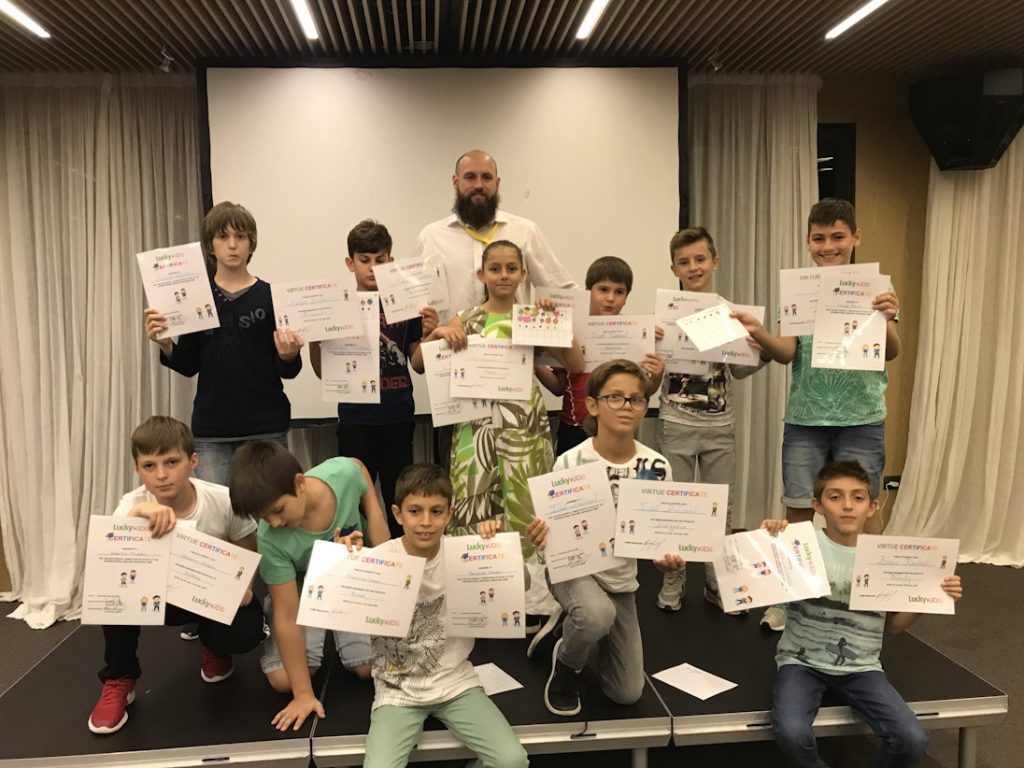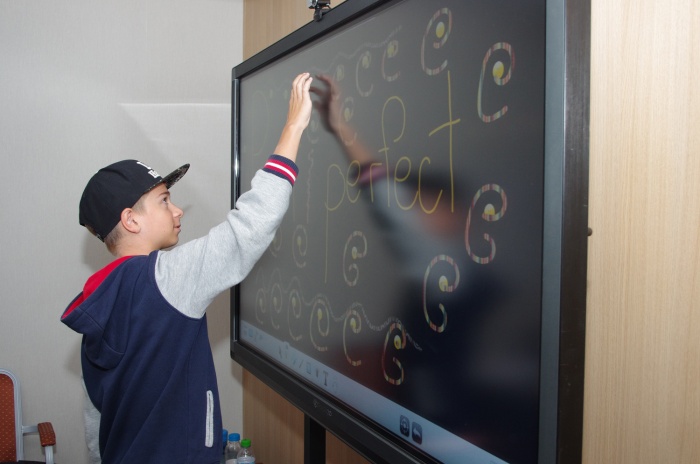Principles of transcription and how it helps in teaching children
How children cope with its understanding
Transcription and meaning
Phonetic transcription provides a way to pronounce all sounds for a given language, gives the model for their sound in different combinations with other sounds, “translates” the specific sounds of the language.
A unified phonetic alphabet has been adopted that can be used by learners to facilitate pronunciation.
Before using it, it is necessary to learn it, as some sounds have a special sign other than letters.
Basic principles of transcription
- Transcription provides a system for recording sounds in words to aid pronunciation.
- The transcription and its alphabet are subject to certain rules.
- The phonetic alphabet is learned in the initial stage of language learning to support further learning.
- Capitalization is not used in the transcription, the words are written in square brackets.
- In cases where whole sentences are written in phonetic alphabet, slashes are placed // – for a period, / – for a comma, etc.
- In words that are composed of more than one syllable, emphasis is placed. There are often two words, which due to the emphasis, form a phonetic unit / in the garden, at home / etc./
- Soft consonants are denoted by placing an apostrophe next to the phonetic sign.
- The consonants are written in the available letters, except for “th” and “u”, which have a special sign.
- The length of the sound is also noted – usually with a dash above the phonetic sign.
- Sounds such as th, sh, h are usually soft and do not show this characteristic feature by a dash.
- The stressed vowel sounds are written with the help of six characters: a, e, i, u, o, y.
- Sometimes the letters e, i, u mean double sounds like / уе /, / уо /, / уа /, / уu / according to the word.
The rules for using transcription are many, and they are not the subject of this article, so I mention only some of them.
Disadvantages of transcription
Often, practical transcription does not fully convey the sound composition of English words. It is necessary to speak by a representative with a native language – English, as well as continuous updating of knowledge of transcription in order to follow the latest trends in the language.
Another difficulty that students may encounter is learning the signs at a certain age. For children who are in early school age and are in a period of literacy, another type of literacy is needed, namely – learning the letters of the phonetic alphabet. This can be a certain obstacle for preschoolers and first grade.
In older children and students, this problem disappears.
How does transcription help students?
Practical transcription has several purposes:
- to keep approximately the sound of the spoken foreign words;
- to reflect the original pronunciation of the words, conveying the relevant features (eg diphthongs, long – short vowel sounds, soft and hard consonant sounds, etc.);
- to distinguish from the same sounds in the native language;
- to observe established rules in the English language;
- to make comparisons between English and Bulgarian in order to improve the English pronunciation.
How does the transcription work once it is mastered?
All these goals lead to the same result – pronunciation as close as possible to that of people with native language – English.
Students receive the phonetic transcription of the words during the lesson, helping to reproduce the words closest to their original sound. The children received explanations in advance and heard the original sound of each phonetic sign from the phonetic alphabet. That is why it is then easy for them to pronounce the word based on its phonetic transcription.
How do children handle transcription?
Students over 9 years of age:
It is recommended that practical transcription be used by students who are already literate in their mother language and begin to read and write in a foreign language.
This means that they already have the basis on which to upgrade their knowledge of the phonetic alphabet. Many of the phonetic signs overlap with the letters of the alphabet. This is a great help for children. They practice and write them easily, and only need to pay more attention to special characters.
Preschool and early school age students:
In these students, literacy is in the process of learning and practical transcription is not recommended for them. The fact is that the lower the age of learning a foreign language, the greater the flexibility of the speech to adapt and reproduce the same or different sounds than usual for the native language.
That is why children in preschool and early school age often pronounce with ease the sounds that are not inherent in their native language. Numerous phonetic games (repetitions, songs, verses, rhymes, etc.), as well as listening to stories, answers to questions, discussions, lead to continuous improvement of pronunciation. This process is much slower in older students over 10 years of age.

Pronunciation and improvement in LuckyKids – advantages
At LuckyKids, daily communication in English with native speakers and animators leads to a natural process of improving language pronunciation. This is done immediately, as the compulsory language in the camp is English.
It is a huge advantage for our graduates. They do not need to continuously write the words in the phonetic alphabet and learn them dryly academic learning, as they practice them during their daily activities.
Even such additional activities as hiking, riding, sports, meals, evening entertainment and games are conducted in English. In this way, we, as professionals, take care of the pronunciation of words, and children learn their pronunciation in an unobtrusive and pleasant way.
Another big plus is the way we develop the correct pronunciation – we don’t correct the children, we pronounce the word again in the right way. This way every child feels good, even if he has made a mistake, we give him a chance to correct himself.
It is important for us to provide knowledge in a non-violent way, in the form of games, projects, entertainment or sports activities, as the results of learning by doing remain for life.
